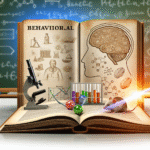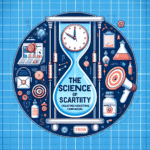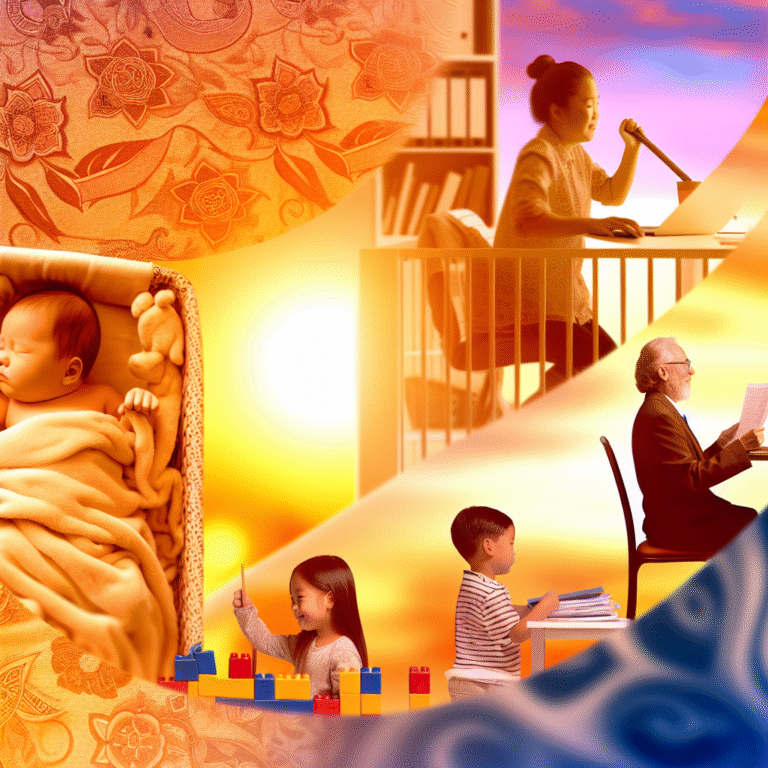
The Invisible Struggle: Understanding and Treating Dissociative Disorders
Introduction
Imagine walking through life feeling disconnected from your own thoughts, emotions, and even your identity. For many who experience dissociative disorders, this is a daily reality. The Invisible Struggle: Understanding and Treating Dissociative Disorders is vital not only for the individuals affected but also for their families, friends, and the broader community. These disorders can manifest as a coping mechanism in response to trauma, leaving individuals feeling fragmented and isolated. By shedding light on these conditions, seeking treatment options, and fostering empathy, we can begin to unravel the complexities of dissociation and offer hope to those in need.
What are Dissociative Disorders?
Dissociative disorders are a group of mental health conditions characterized by an involuntary escape from reality, often as a response to trauma or stress. This can include disruptions in memory, awareness, identity, and perception. Understanding these disorders requires a closer look at their various types, common symptoms, and underlying causes.
Types of Dissociative Disorders
Dissociative Identity Disorder (DID): Once known as multiple personality disorder, DID involves the presence of two or more distinct personality states or an experience of possession. Individuals may have gaps in memory related to everyday events, personal information, and traumatic experiences.
Dissociative Amnesia: This disorder involves memory loss that is more extensive than normal forgetfulness and is typically linked to traumatic or stressful events. Individuals may find themselves unable to recall important personal information, often surrounding a specific event.
- Depersonalization/Derealization Disorder: This involves a persistent or recurrent feeling of being detached from one’s body or surroundings. Individuals experience a sense of unreality regarding themselves (depersonalization) or their surroundings (derealization).
Common Symptoms
- Memory loss
- Disconnection from self
- Feeling detached from reality
- Changes in personality or identity
- Emotional numbing
Understanding these symptoms is crucial for both individuals experiencing them and their loved ones.
The Causes of Dissociative Disorders
Dissociative disorders are often rooted in trauma, especially during formative years. Key contributing factors include:
Childhood Trauma: Many individuals with dissociative disorders report a history of abuse or neglect in childhood. This trauma can lead to altered states of consciousness as a coping mechanism.
Severe Stress: High levels of stress, particularly related to traumatic events, can trigger dissociative experiences. For example, someone involved in a car accident may develop dissociative amnesia as a way to cope.
- Cultural Factors: Cultural beliefs and practices can influence the manifestation of dissociative symptoms. Understanding these variances is essential in treatment.
Case Study: Jane’s Journey through Dissociation
Jane, a 34-year-old woman, experienced severe dissociative amnesia after a traumatic car accident. She found herself unable to recall critical details of her life post-accident, leading to feelings of anxiety and depression. Through psychotherapy, she learned about the connection between her trauma and her symptoms, paving the way for healing.
Analysis: Jane’s case is a poignant reminder of how trauma can manifest in dissociative disorders. It highlights the importance of therapy in unraveling these complexities.
The Treatment Landscape for Dissociative Disorders
The path to recovery from The Invisible Struggle: Understanding and Treating Dissociative Disorders involves a multifaceted approach.
Psychotherapy
Various therapeutic modalities can be beneficial:
Cognitive Behavioral Therapy (CBT): Aims to change negative thought patterns while addressing the trauma at its core.
Eye Movement Desensitization and Reprocessing (EMDR): Particularly effective for trauma, EMDR helps individuals process distressing memories.
- Dialectical Behavior Therapy (DBT): Focuses on emotional regulation and interpersonal effectiveness, which can be essential for those struggling with disconnection.
Medication
While no medications are specifically approved for dissociative disorders, antidepressants or anti-anxiety medications may be prescribed to alleviate associated symptoms.
Support Groups
Joining support groups can be invaluable, allowing individuals to connect with others facing similar challenges. This community aspect can foster understanding and compassion.
Holistic Approaches
Incorporating mindfulness, yoga, and meditation can support overall mental health, offering coping mechanisms for dissociative symptoms.
The Road to Acceptance
Acceptance is a critical component in managing dissociative disorders. For many, acknowledging the disorder is often the first step in healing.
Building a Supportive Network
Family and friends play a pivotal role in recovery. Educating them about The Invisible Struggle: Understanding and Treating Dissociative Disorders can create a supportive environment for individuals to express their feelings.
Self-Compassion
Practicing self-compassion and reducing self-stigma is vital. Individuals often blame themselves for their symptoms, further complicating their healing process.
Case Study: Mark’s Self-Acceptance Journey
Mark, a 28-year-old man diagnosed with DID, struggled for years to accept his condition. Through community events and education, he slowly learned to embrace his identity, finding empowerment in understanding his experience.
Analysis: Mark’s journey emphasizes that self-acceptance can lead to empowerment, guiding individuals through the complexities of their dissociative experiences.
Conclusion
The Invisible Struggle: Understanding and Treating Dissociative Disorders may seem daunting, but the journey towards understanding and healing is one of hope. By fostering awareness and empathy, we can create a more supportive environment for those affected. The road to recovery is multifaceted—rooted in psychotherapy, meditative practices, community support, and ultimately, self-acceptance. Every step taken in understanding these disorders brings us closer to recovery—for individuals, families, and society as a whole.
FAQs
1. What are the primary symptoms of dissociative disorders?
Symptoms can include memory loss, feelings of detachment from one’s self, and changes in identity.
2. Can dissociative disorders be treated?
Yes, they can be effectively treated through various modalities such as therapy and medication.
3. How can friends and family support someone with a dissociative disorder?
Educating themselves about the disorder and being available to listen can create a supportive environment.
4. Is there a link between trauma and dissociative disorders?
Yes, many individuals with dissociative disorders have experienced trauma, and this connection is crucial in understanding their symptoms.
5. Are there resources available for individuals with dissociative disorders?
Many online and in-person support groups exist, as well as mental health professionals specializing in dissociative disorders.
The Invisible Struggle: Understanding and Treating Dissociative Disorders underscores the importance of awareness, compassion, and a commitment to understanding those who navigate these complex challenges. Through knowledge, we can forge a path toward healing and acceptance for all.












